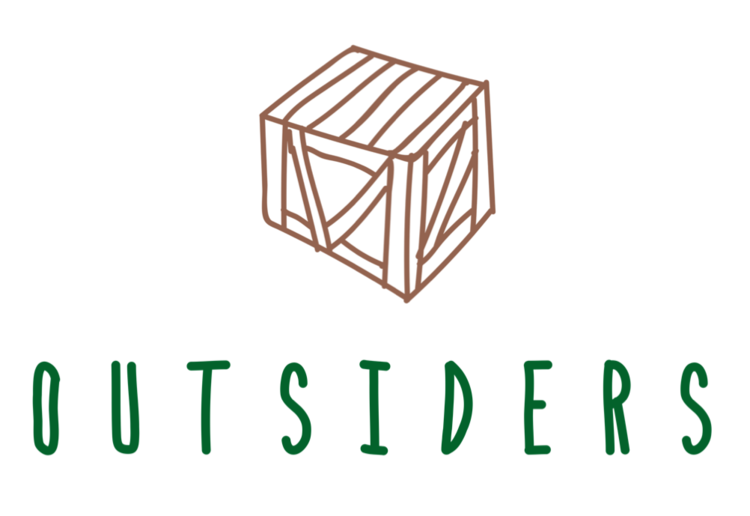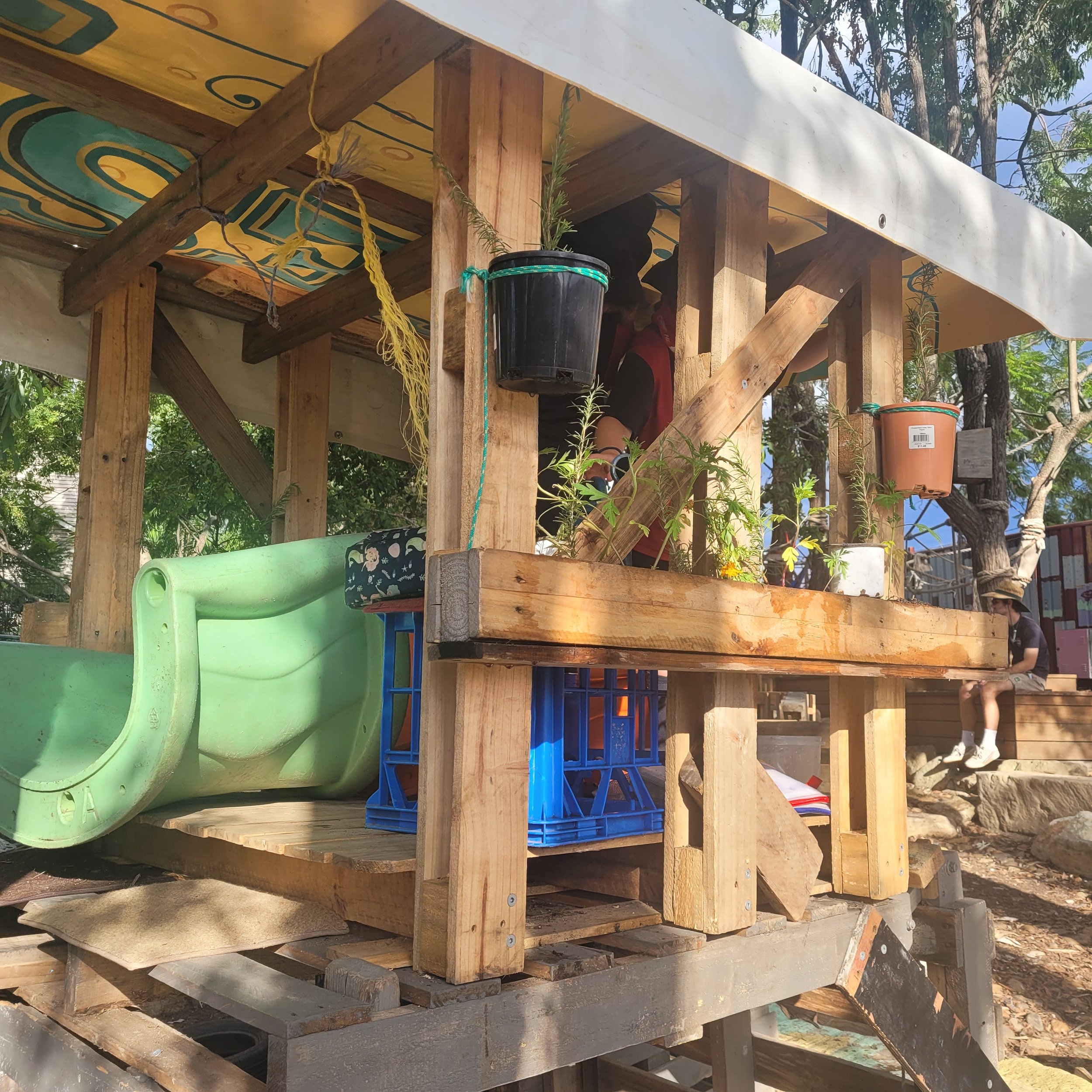“Love” a sculpture by Ukrainian artist Alexander Milov… A beautiful representation of adult physical disconnect and children’s innate emotional desire to connect.
Working in the industry of “play” one tends to hear the term “Play Space” thrown around very frequently. This makes sense, as to facilitate play for children we need somewhere tangible to do so. As a Playworker, the Playwork Principles we use for guidance talk about “spaces”, twice actually, in both principle 5 and 7 where it suggests that a Playworkers role is support children in the creation of a space, and that the Playworker recognises their impact on the play space respectively (PPSG, 2015). I have to at this point wonder if on both accounts the wording would benefit from being “play place”. From an anthropological perspective space is often defined by a more clinical, scientific, or measurable conceptions where on the other hand place refers to the elaborated cultural meanings people invest in or attach to a specific location, their stories, their rituals, their journeys and their experiences (Lawrence-Zuniga, 2017). Thus, to me, “place” describes much more adequately where play occurs.
A lot of thought goes into spaces to support the doing of “things” when sometimes children just want a place to be.
The risk of not considering the deeper nuanced aspects of “space” that turns spaces into places is ending up with the factory line approach to play provision. Tangibly this manifests as off the plan playgrounds that require no more thought than how many square meters it is going on; adding prefixes to play such as “risky” or “active” and assuming these can be controlled and compartmentalized; or educators providing provocations to direct the child towards a pre-determined outcome. All of these are forms of adulteration, the negative input by adults into the play, and actively work against the full potential and flow achievable in play that occurs in “places” (Sturrock & Else, 1998). The benefits of considering these nuanced aspects are boundless. Places offer endless to potential to create worlds, narratives and emotional experiences. This is important, emotional connections to learning and experience results in optimal development and the ability for this to happen in place goes far beyond a clinical overview of space (Vygotsky, 1971).
Adventure Playgrounds like St Paul’s cannot help but invoke a feeling of tremendous emotional connection… A world to explore and discover.
Herman Hertzberger (2001, p. 193) states “Whatever space and time mean, place and occasion mean more. For space in the image of man is place, and time in the image of man is occasion”. In this quote is the crux of this rambling. The one missing ingredient from planning a “space” are the humans that will inevitably occupy it. What will be their emotional response and engagement to space be, what occasions may be had and will this evolve into a “place” for play, or merely a “space” children transition through at some point? If we hold these ideas and consider them in the geographic realms in which we provide play opportunities for children then we will be far more likely to observe journeys had and stories made, rather than the meeting of superficial outcomes and ticked boxes.
Height is one of those compliments to space to easily leads to an emotional connection whether cognitively acknowledged or not.
Think “play places” not “play spaces”…
Angus Gorrie
Hertzberger, H. (2001). Lessons for Students in Architecture.
Lawrence-Zuniga, D. (2017, March 30th). Space and Place. Retrieved from Oxford Bibliographies : https://www.oxfordbibliographies.com/view/document/obo-9780199766567/obo-9780199766567-0170.xml#:~:text=Space%20is%20often%20defined%20by%20an%20abstract%20scientific%2C,or%20attach%20to%20a%20specific%20site%20or%20locale.
PPSG. (2015). The Playwork Priciples. In The Playwork Principles Scrutiny Group. Cardiff.
Sturrock, G., & Else, P. (1998). The playground as therapeutic space: playwork as healing. The Colorado Paper, (pp. 1-28).
Vygotsky, L. (1971). The psychology of art. Cambridge: MIT Press.




